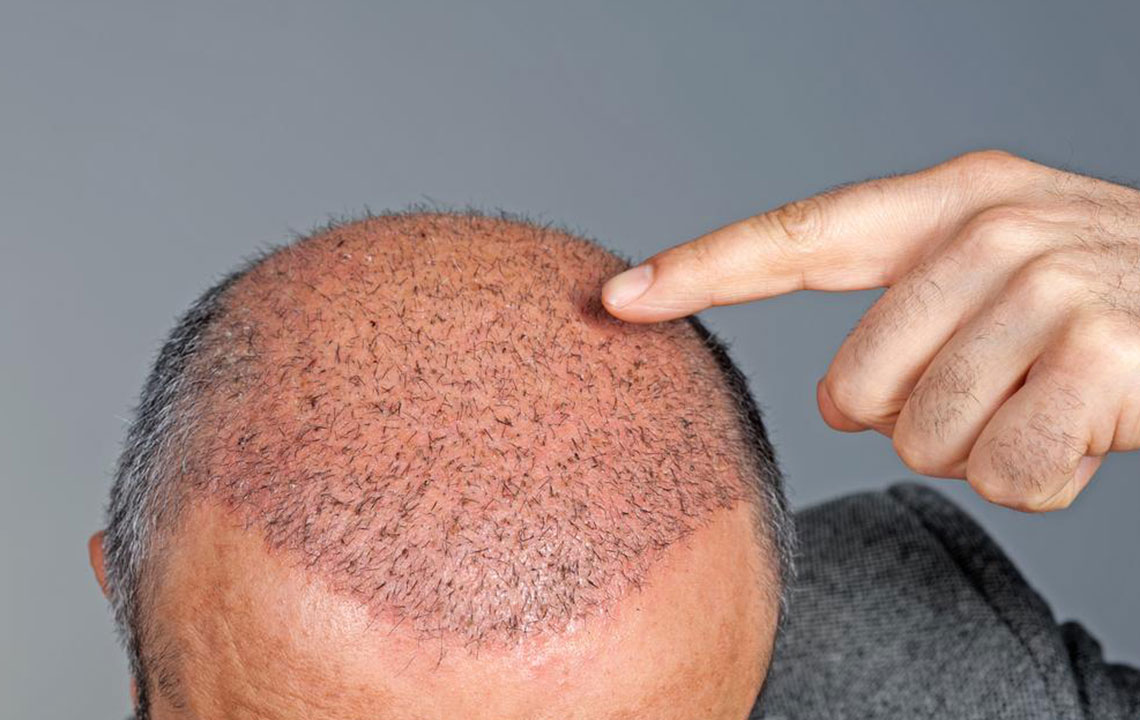Hair Transplant Cost and Procedure

Hair loss can be psychologically scarring for many. It can affect your self-esteem and make you feel underconfident. A full head of hair is a coveted ideal, one that most cultures value very highly. Hair loss can occur due to changes in hormone levels, medications, and bad genes.
The most common form of hair loss is due to aging. Although it is perfectly okay for older men and women to experience hair loss, many younger people, when faced with the same issue, look for treatments to counteract the hair loss.
The next most common reason for hair loss is hereditary. If your family has a pattern of people losing their hair early, then chances are that you too will face the same problem.
One of the most permanent and effective methods of restoring your crowning mane is hair transplant surgery.
What is Hair Transplant Surgery?
Hair transplant surgery uses the hair you already have to fill in areas of your scalp that are thinning out. This surgery has been around since the 1950s, even though the actual procedure has changed with developing medical science.
There are two methods for hair transplant surgery.
Follicular Unit Strip Surgery (FUSS)
In this type of surgery, a strip of skin from the back of your head is removed by the surgeon. This area is known as the donor site.
The strip is then divided into hundreds of tiny grafts each containing one hair strand. These micrografts must be frozen to maintain the structural integrity of the hair follicle.
The surgeon then makes tiny incisions on your scalp and inserts these micrografts. Once the tissue heals, the transplanted hair will grow naturally. You will recover from this surgery within two weeks.
Follicular Unit Extraction (FUE)
In this surgery, individual grafts of hair follicles are harvested from the donor site. The back of the donor’s head is shaved off. Then, a device is used to remove individual hair follicles from the scalp one at a time. The hair follicle, bulb, and surrounding tissue is removed and is ready to be inserted into areas of the scalp that have significant hair loss.
This surgery is more delicate as the device used cannot see the hair follicle in its entirety. Thus, many hair follicles become unviable for insertion, since they might get damaged during extraction. The grafts are inserted into the scalp after many tiny cuts in the skin.
FUE is a time-consuming process and is usually carried out in more than one sitting. As a result of this, the method of hair transplant cost is much higher. The use of robotics has reduced the amount of cumbersome manual labor.
Can I Get a Hair Transplant?
Not all persons suffering from hair loss can use this treatment option. The following are instances where you can use this surgery.
- Hair loss due to injury or burns.
- Persons with male pattern balding. Since men usually lose hair only in specific areas, they will have enough hair for donor sites.
- Women with thinning hair.
Anyone who suffers from the following conditions cannot use this treatment.
- Some women who have a widespread thinning of hair.
- If there aren’t enough donor sites, then these persons cannot use this surgery.
- Persons who have lost their hair due to chemotherapy.
- Persons who develop thick and fibrous scars called keloids in any wound.
Hair Transplant Risks
As with any other surgery, there are risks involved with hair transplant treatments as well. These include bleeding and infections. Other side effects include are as follows.
- Thinning of hair
In some cases, after surgery, the original hair is seen to fall. This is known as shock loss. However, this condition is temporary and the old hair will soon grow back. - Itching
As with any wound, there will be itching as the grafts heal. In the case of this particular surgery, there are thousands of grafts and, thus, thousands of scabs being formed. Usually, shampooing can relieve the itchiness. There is a special oil also available to alleviate the itching. However, if the intensity is too high, then consult with your dermatologist.
Other risks of this surgery are that the transplant itself might not be done in the correct pattern. If you get the surgery done by a surgeon who isn’t very experienced, then chances are that your new hair will look unnatural. Please be careful as the cost of a hair transplant is considerably high.
Hair Transplant Cost
The hair transplant cost ranges from $400 to $15,000. Some places offer the price as between $8.5 to $10 per graft, especially for the FUE procedure. As mentioned above, the FUE procedure is more expensive as it is more labor intensive. Other places have slabs based on the number of grafts administered during the surgery.
Essentially, larger the area that has to be repopulated with new hair during a transplant, the more is the cost.


